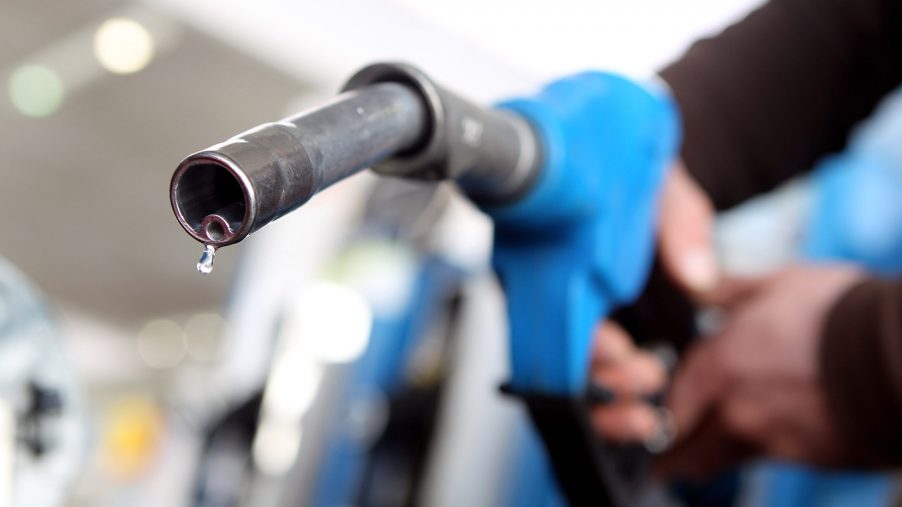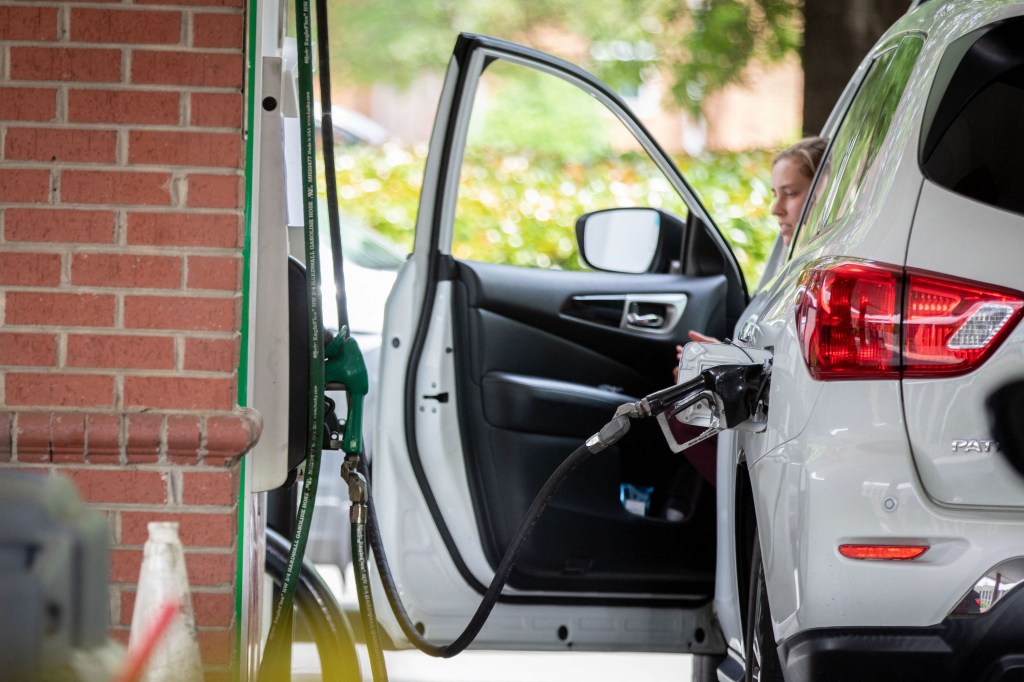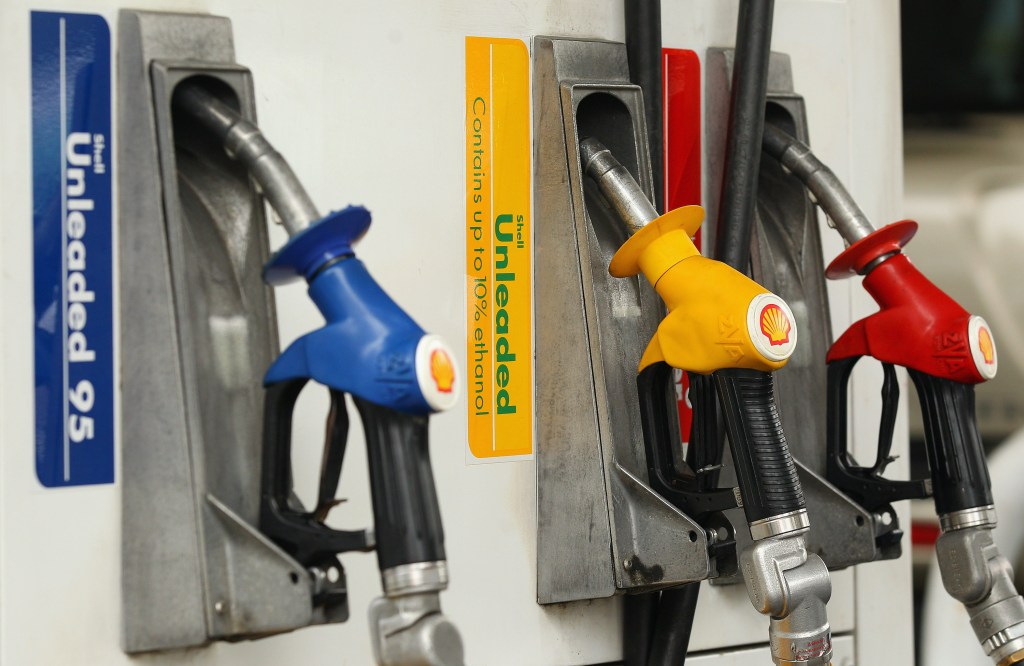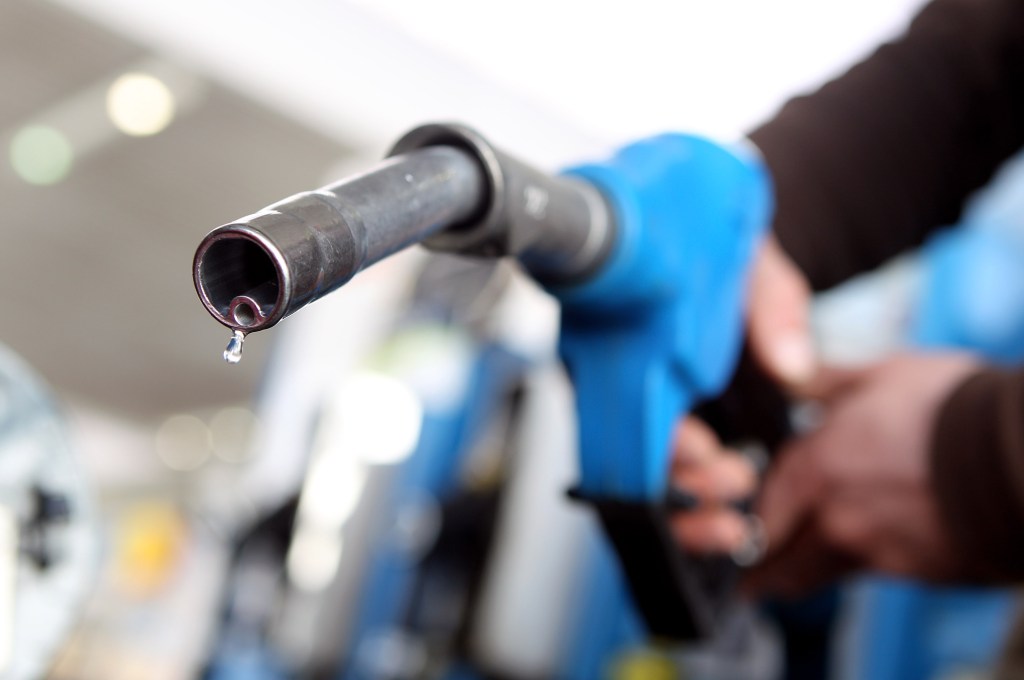
Consumer Reports: Using Top Tier Gas Is Worth the Extra Cash
There’s a good chance that many drivers never pay attention to which gas station they go to when driving their car. After, the cheaper the gas the better, right? Not necessarily. According to Consumer Reports, using a Top Tier grade of gasoline can be better for your car in the long run, despite the higher price at the pump.
What is Top Tier gasoline?

While you might think that the term “Top Tier gasoline” solely refers to the type of octane you choose, it’s not. Instead, Consumer Reports notes that gasoline is a “shared commodity” that’s often stored in containers until it is purchased by a major retailer.” After the gas is purchased, certain retailers will treat it with a special additive to make it a “top tier” gas. And while you might think that this additive is just a ploy for good marketing, it’s not.
In 2004, Top Tier gas was developed to help protect engines from carbon deposits on the intake valves. These deposits and buildup could eventually lead to major issues like stalling, hesitation, and rough idling. So it’s clear that the development of this specialized gasoline was important, especially as newer engines became more sophisticated over the years. In fact, many manufacturers like Audi, BMW, Ford, Honda, and Volkswagen support the use of Top Tier gas and recommend it to their car owners.
Testing from AAA shows that not all gasoline is created equal

By now, you may be wondering how this Top Tier gas was tested and how the result came about. Back in 2016, AAA reported that it “uncovered significant differences in the quality of gasoline sold in the U.S.” To get to this conclusion, an independent engine testing lab that specializes in fuel analysis ran an engine continuously for 100 hours to represent the equivalent of 4,000 miles of use. Six different types of fuel were used – three different fuels from basic gasoline sources and three from Top Tier gas sources.
After the test was done, the engine was disassembled and analyzed by the lab. The results showed that the use of non-top tier gas resulted in 19 times more carbon deposits on the engine’s valves, combustion chambers, and injectors than when the Top Tier gas was used.
The test showed that Top Tier gas can also have a cleansing effect on an engine as using the treated gas resulted in a 45 to 72% reduction in intake valve deposits over a 5,000-mile period.
Where can you buy Top Tier gasoline?

There are plenty of gasoline retailers that sell Top Tier gasoline across the U.S. Some of the most well-known gas station companies include 76, Aloha Petroleum, Sunoco, Costco, Chevron, Citgo, Mobil, Valero, Texaco, Exxon, Cenex, Express Mart, and more. If you want to see the complete list of the Top Tier gas stations in the U.S. and Canada, here is a link.
In terms of the added cost of pumping Top Tier fuel into your car’s tank, Consumer Reports says that it found an increase of 3 cents per gallon on average nationwide over non-Top Tier gas. No matter what kind of car you drive, it’s clear that the extra money you spend on this type of gas could be more than worth it.



